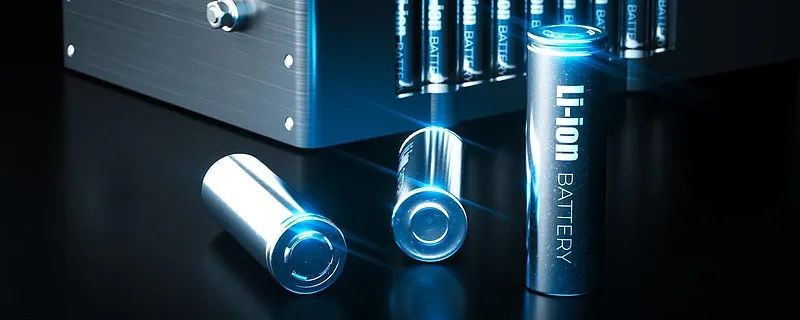With the rapid expansion of the new energy vehicle market, the energy density and safety requirements of power batteries continue to increase. Although traditional liquid lithium batteries have energy densities close to theoretical limits, they still have safety hazards such as thermal runaway. Solid-state batteries have become an ideal choice for the next generation of high-performance lithium batteries due to their high energy density and high safety.
what are solid state batteries made out of
Solid-state electrolytes are key materials for preparing solid-state batteries, referring to solid materials with high ionic conductivity. Commonly used solid-state electrolytes include oxide-based, sulfide-based, iodide-based, and oxysulfide-based materials.
The positive and negative electrode materials of solid-state batteries are similar to traditional batteries, requiring high energy density, conductivity, and stability. Common positive electrode materials include oxides (such as LiCoO2, LiFePO4, etc.), phosphates (such as Li3V2(PO4)3, etc.), and polysulfides (such as S8, etc.); common negative electrode materials include silicon (such as Si, etc.), lithium (such as Li4Ti5O12, etc.), etc. When preparing solid-state batteries, the electrolyte, positive electrode, and negative electrode need to be assembled together.
Due to the rigidity and fragility of solid-state electrolytes, composite materials or sheaths are needed to protect the electrolyte. Additionally, suitable electrode materials and binders need to be selected to ensure the stability and performance of electrochemical reactions.
Advantages and Development Path of Solid-State Batteries
High Safety: Solid-state electrolytes have high mechanical strength, are less prone to combustion and explosions, have no continuous interface side reactions, no issues of electrolyte leakage or drying up, and longer lifespan at high temperatures, making them more reliable and safer compared to liquid batteries. High Energy Density: Solid-state electrolyte batteries can use higher capacity positive and negative electrode materials, achieving higher energy density and improving battery range. Wide Temperature Range Operation: Solid-state batteries have a wider operating temperature range, from -40°C to 150°C, making them more adaptable. Smaller Size: Solid-state batteries do not require liquid electrolytes and separators, resulting in smaller volumes that are conducive to lightweight battery designs.
The development path of solid-state batteries includes semi-solid-state, quasi-solid-state, and full solid-state stages. Currently, full solid-state battery commercialization will take time, with semi-solid-state batteries serving as transitional technologies that can ensure performance while reducing production costs.
Challenges in Solid-State Electrolyte Materials and Manufacturing Technologies
Comprehensive Performance of Solid-State Electrolytes: Balancing the comprehensive performance of various solid-state electrolyte materials is challenging, requiring considerations of conductivity, stability, cost, and other factors. Incomplete Raw Material Supply Chains and Manufacturing Equipment: Some raw materials for solid-state batteries are in short supply for mass production, and specialized manufacturing equipment is needed, leading to higher costs. Solid-State Battery Encapsulation: Employing stack design for solid-state battery encapsulation, pouch formats can better protect battery structures, enhancing safety and energy density.
The development of solid-state batteries requires overcoming these challenges, and addressing issues such as solid-state electrolyte film formation processes, raw material supplies, and encapsulation technologies, to achieve large-scale commercialization. As the direction for upgrading lithium batteries, solid-state batteries will provide safer and higher-performance energy solutions for sectors like electric vehicles in the future.


